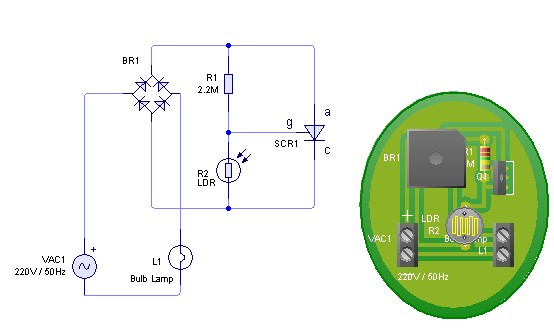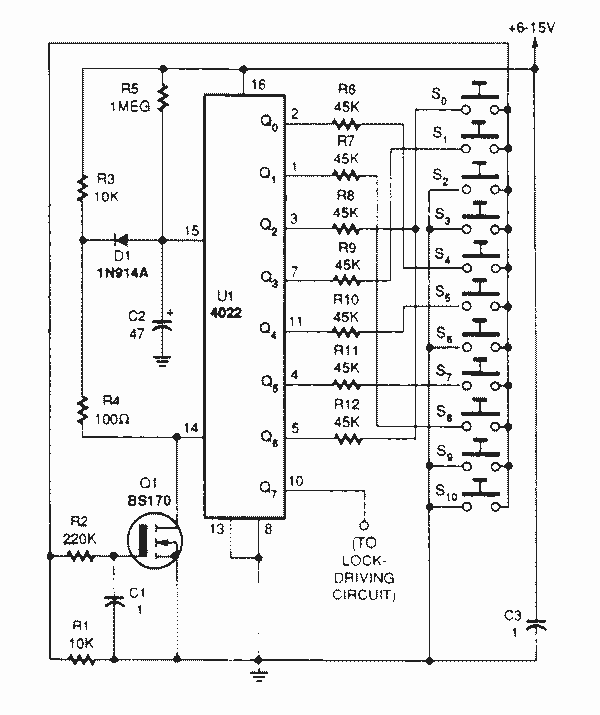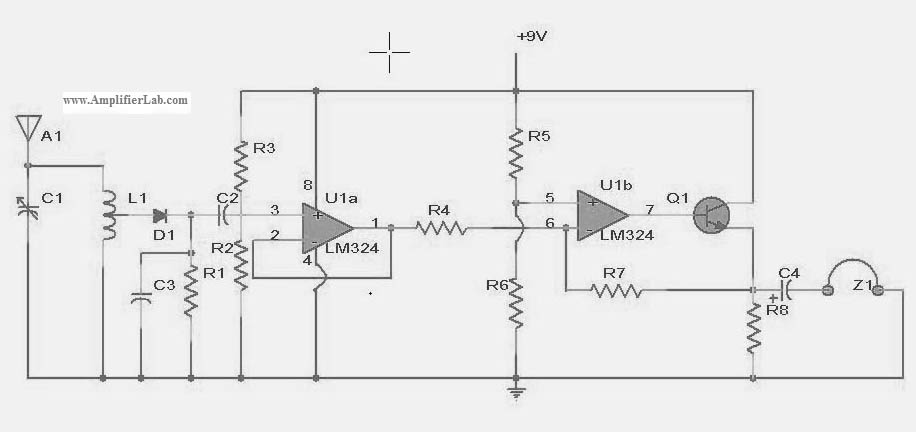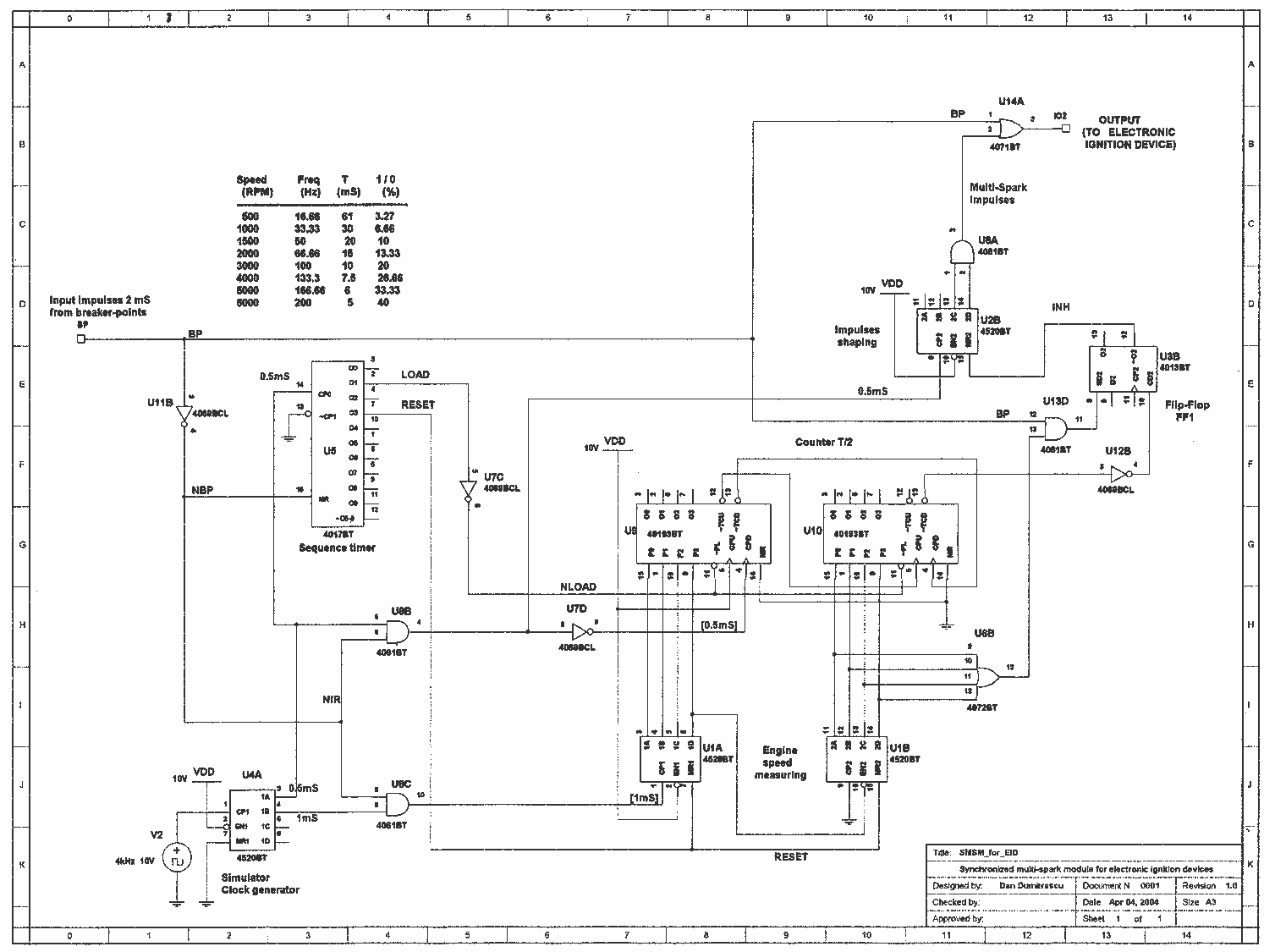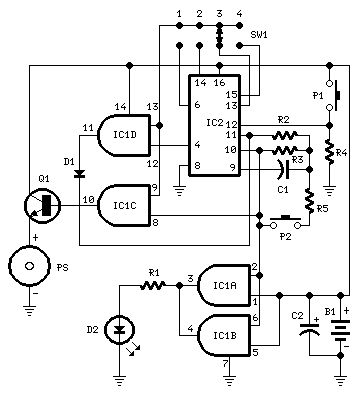
Electronic Voltmeters
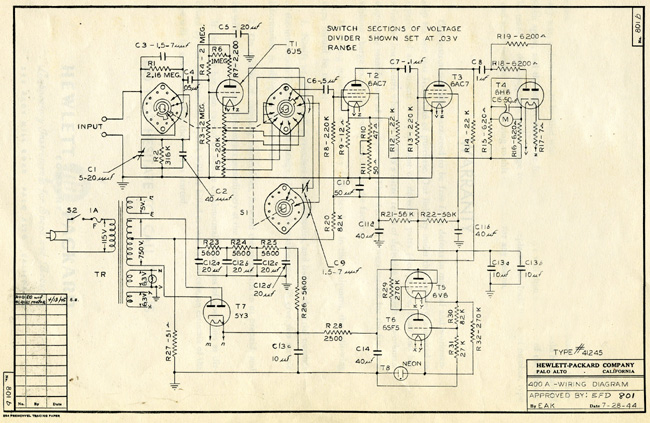
The HP Model 400A Vacuum Tube Voltmeter is highly versatile due to its extensive frequency and voltage ranges. It can directly measure AC voltages as low as 0.005 volts and as high as 300 volts across a frequency range of 10 cycles to 1,000,000 cycles. The instrument ensures accurate readings with a high input impedance of 1 megohm, which does not interfere with the circuit under test. Calibration error remains below 3% up to 100 Kc and below 5% up to one megacycle. The 400A service manual, the oldest HP original document in the collection, consists of 7 pages and features a handmade schematic diagram dated 7/28/44. Notably, the picofarad value for small capacitors was labeled as µµf during that time. The sensitivity of the 400A can be enhanced with the introduction of the 450A amplifier, which was featured in the 1948 catalog. The 450A can function as a standalone general-purpose amplifier or as an accessory for the 400A or 400C Voltmeters, offering switchable gains of 20 or 40 dB. When used with the 400A voltmeter, it increases sensitivity by 100 times at 40 dB gain, achieving a final measurement of 300 microvolts full scale. The 410A voltmeter, featuring a specially-designed diode and HP probe design, achieves an exceptionally flat frequency response from 20 cps to 700 Mc. This design incorporates low input capacitance and high input resistance, allowing measurements without significant detuning or loading of the circuit. The diode, developed by EIMAC, was the first instance of an externally designed component for an HP product, highlighting the necessity for innovative components. HP's commitment to developing new components marked the inception of the HP components division. The 410B, introduced in the 1952 catalog, showcases the ongoing evolution of HP products, with electrical specifications nearly identical to the 410A but improvements in cabinet design and usability. The 410B is more portable due to its reduced size and weight, and features a rear compartment for easier access to probes and accessories. The final addition to the voltmeter line before the end of the 1950s, the 405AR, was the first HP digital voltmeter, introducing automatic data logging for repetitive tests. Its measurement range spans from 1 millivolt to 999 volts, with automatic range and polarity selection, achieving accuracy within +/- 0.2% of the reading plus 1 count. Input impedance stands at 11 megohms across all ranges. Performance characteristics include ranging times between 1/5 second and 2 seconds depending on the required range change, a sampling rate of 4 to 5 per second maximum, and a response time of approximately 1 second for step functions.
The HP Model 400A Vacuum Tube Voltmeter is a sophisticated instrument designed for precision measurement across a broad spectrum of frequencies and voltages. The ability to accurately measure AC voltages from 0.005 volts to 300 volts without circuit disturbance is a significant advantage in various testing environments. The high input impedance minimizes the impact on the circuit under examination, ensuring that the measurements reflect true circuit behavior.
The accompanying 450A amplifier expands the capabilities of the 400A, allowing for increased sensitivity and versatility in measurement applications. By offering switchable gain settings, users can adapt the instrument to suit specific testing requirements, enhancing its utility in both laboratory and field settings.
The 410A model further exemplifies HP's commitment to high-performance measurement tools, featuring a unique diode design that provides a flat frequency response across a wide range. This design consideration is crucial for applications requiring high fidelity in signal measurement, particularly in high-frequency scenarios.
The evolution from the 410A to the 410B illustrates HP's dedication to improving user experience and instrument portability. The changes made in the 410B model, such as a more accessible compartment for probes and a lighter design, reflect a thoughtful approach to user-centric design in instrumentation.
Finally, the introduction of the 405AR digital voltmeter marks a significant milestone in measurement technology, incorporating automatic data logging capabilities that enhance efficiency in repetitive testing. Its robust specifications, including high input impedance and rapid ranging times, position it as a reliable tool for modern electronic testing scenarios, bridging the gap between traditional analog methods and contemporary digital practices.The HP Model 400A Vacuum Tube Voltmeter is unusually flexible because of its wide frequency and voltage ranges. AC Voltages as small as. 005 and as high as 300 volts can be simply and directly measured without any precautions over a frequency range of 10 cycles to 1, 000, 000 cycles.
Accuracy of readings is assured because the high 1 megohm input im pedance does not disturb the usual circuit under test. Furthermore, the calibration error of the instrument under all conditions is less than 3 % to 100 Kc and less than 5 % to one megacycle. " The 400A service manual is the oldest HP original document of our collection. It is a 7 pages RONEO document with the schematic diagram handmade on the drawing board and dated 7/28/44.
(note that the picofarad value of small capacitors was labeled µ µf at this time. ) Further improvement of the sensitivity can be obtained with the 450A amplifier introduced in the 1948 catalog. The 450A can be used as a stand-alone general purpose amplifier or as a companion for the 400A or 400C Voltmeters.
The 450A has a switchable gain of 20 or 40 dB. Used in conjunction with the 400A voltmeter for example, it will increases the sensitivity 100 times at 40 dB gain for a final 300 microvolts full scale. A specially-designed diode, in combination with the HP probe design, makes the exceedingly flat frequency response from 20 cps to 700 Mc of the 410A possible.
With this flat frequency response are combined the factors of low input capacity and high input resistance. The input resistance and reactance are high throughout the entire range of the instrument, and thus measurements are made without appreciable detuning or loading of the circuit.
The diode developed by EIMAC for this instrument was certainly the first example of an outside specially-designed component for an HP product and demonstrated the need to create components which was the first sign of the need to create components not yet on the market for the design of innovative instruments. The fact that HP continued to develop such new components of their own can be considered as the origin of the HP components division.
From the home page, choose chapter: Hewlett-Packard, the Early Years -then- Hewlett-Packard the Start -2 and go to "The 410A Voltmeter is born!". Many comments from Bill and Dave regarding the early R&D at HP are listed on this site. The 410B was introduced in the 1952 catalog page 36. It is an interesting example of the constant concern of product evolution at HP. The electrical specifications of the 410B are almost the same as those of the 410A. But even if technological evolution does not offer the possibility to improve the electronic performance of an instrument many other reasons can generate a newer version of a previous concept.
The improvement in the 410B resides mostly in the cabinet design and in the ease of use. Reducing the size and weight makes the 410B a more portable instrument than the 410A. Access to the probe and accessories from a front panel door on the 410A were changed to a rear dedicated compartment which gave a quick and easy setup of the voltmeter when on site usage was required. The last addition to the voltmeter product line before the end of the 50s, the 405AR was the first HP digital voltmeter and most of all, it was the first voltmeter introducing the concept of automatic data logging of results for repetitive tests.
The 405AR measurement range is from 1 millivolt to 999 volts positive or negative with automatic selection of range and polarity. Accuracy is within +/- 0. 2 % of reading +/- 1 count. Input impedance is 11 megohms on all ranges. Interesting performance characteristics to compare to modern sampling voltmeter are the ranging time: 1/5 second to 2 seconds depending on range change required - The sample rate: 4 to 5 per second maximum - And the response time: Appoximately 1 second to step function.
Even if modest, these capabilities wo 🔗 External reference
The HP Model 400A Vacuum Tube Voltmeter is a sophisticated instrument designed for precision measurement across a broad spectrum of frequencies and voltages. The ability to accurately measure AC voltages from 0.005 volts to 300 volts without circuit disturbance is a significant advantage in various testing environments. The high input impedance minimizes the impact on the circuit under examination, ensuring that the measurements reflect true circuit behavior.
The accompanying 450A amplifier expands the capabilities of the 400A, allowing for increased sensitivity and versatility in measurement applications. By offering switchable gain settings, users can adapt the instrument to suit specific testing requirements, enhancing its utility in both laboratory and field settings.
The 410A model further exemplifies HP's commitment to high-performance measurement tools, featuring a unique diode design that provides a flat frequency response across a wide range. This design consideration is crucial for applications requiring high fidelity in signal measurement, particularly in high-frequency scenarios.
The evolution from the 410A to the 410B illustrates HP's dedication to improving user experience and instrument portability. The changes made in the 410B model, such as a more accessible compartment for probes and a lighter design, reflect a thoughtful approach to user-centric design in instrumentation.
Finally, the introduction of the 405AR digital voltmeter marks a significant milestone in measurement technology, incorporating automatic data logging capabilities that enhance efficiency in repetitive testing. Its robust specifications, including high input impedance and rapid ranging times, position it as a reliable tool for modern electronic testing scenarios, bridging the gap between traditional analog methods and contemporary digital practices.The HP Model 400A Vacuum Tube Voltmeter is unusually flexible because of its wide frequency and voltage ranges. AC Voltages as small as. 005 and as high as 300 volts can be simply and directly measured without any precautions over a frequency range of 10 cycles to 1, 000, 000 cycles.
Accuracy of readings is assured because the high 1 megohm input im pedance does not disturb the usual circuit under test. Furthermore, the calibration error of the instrument under all conditions is less than 3 % to 100 Kc and less than 5 % to one megacycle. " The 400A service manual is the oldest HP original document of our collection. It is a 7 pages RONEO document with the schematic diagram handmade on the drawing board and dated 7/28/44.
(note that the picofarad value of small capacitors was labeled µ µf at this time. ) Further improvement of the sensitivity can be obtained with the 450A amplifier introduced in the 1948 catalog. The 450A can be used as a stand-alone general purpose amplifier or as a companion for the 400A or 400C Voltmeters.
The 450A has a switchable gain of 20 or 40 dB. Used in conjunction with the 400A voltmeter for example, it will increases the sensitivity 100 times at 40 dB gain for a final 300 microvolts full scale. A specially-designed diode, in combination with the HP probe design, makes the exceedingly flat frequency response from 20 cps to 700 Mc of the 410A possible.
With this flat frequency response are combined the factors of low input capacity and high input resistance. The input resistance and reactance are high throughout the entire range of the instrument, and thus measurements are made without appreciable detuning or loading of the circuit.
The diode developed by EIMAC for this instrument was certainly the first example of an outside specially-designed component for an HP product and demonstrated the need to create components which was the first sign of the need to create components not yet on the market for the design of innovative instruments. The fact that HP continued to develop such new components of their own can be considered as the origin of the HP components division.
From the home page, choose chapter: Hewlett-Packard, the Early Years -then- Hewlett-Packard the Start -2 and go to "The 410A Voltmeter is born!". Many comments from Bill and Dave regarding the early R&D at HP are listed on this site. The 410B was introduced in the 1952 catalog page 36. It is an interesting example of the constant concern of product evolution at HP. The electrical specifications of the 410B are almost the same as those of the 410A. But even if technological evolution does not offer the possibility to improve the electronic performance of an instrument many other reasons can generate a newer version of a previous concept.
The improvement in the 410B resides mostly in the cabinet design and in the ease of use. Reducing the size and weight makes the 410B a more portable instrument than the 410A. Access to the probe and accessories from a front panel door on the 410A were changed to a rear dedicated compartment which gave a quick and easy setup of the voltmeter when on site usage was required. The last addition to the voltmeter product line before the end of the 50s, the 405AR was the first HP digital voltmeter and most of all, it was the first voltmeter introducing the concept of automatic data logging of results for repetitive tests.
The 405AR measurement range is from 1 millivolt to 999 volts positive or negative with automatic selection of range and polarity. Accuracy is within +/- 0. 2 % of reading +/- 1 count. Input impedance is 11 megohms on all ranges. Interesting performance characteristics to compare to modern sampling voltmeter are the ranging time: 1/5 second to 2 seconds depending on range change required - The sample rate: 4 to 5 per second maximum - And the response time: Appoximately 1 second to step function.
Even if modest, these capabilities wo 🔗 External reference
